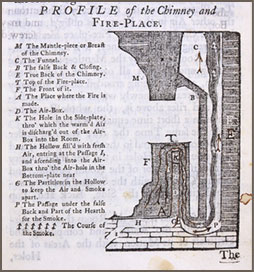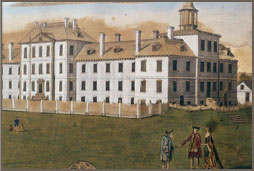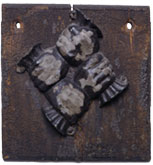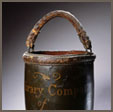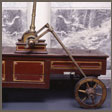|
There is… a Club or Society of active Men belonging to each Fire Engine… Some of these are to handle the Firehooks, and others the Axes… In Time of Fire, they are commanded by Officers appointed by Law, called Firewards, who are distinguish’d by a Red Staff of five Feet long, headed with a Brass Flame of 6 Inches… they direct the opening and stripping of Roofs by the Ax-Men, the pulling down burning Timbers by the Hookmen.
We will all of us, upon hearing of Fire breaking out at or near any of our Dwelling Houses, immediately repair to the same with all our Buckets and Baggs, and there employ our best Endeavours to preserve the Goods and Effects of such of us as shall be in Danger by Packing the same into our Baggs. —Benjamin Franklin,
“On Protection of Towns from Fire” in The Pennsylvania Gazette, February 4, 1734/5 and Articles of the Union Fire Company, 1794
In cities where houses are built side-by-side, a fire in one could threaten whole neighborhoods with destruction. In 1733, Franklin described the community response: “the Place is crowded by active Men of different Ages, Professions and Titles who… apply themselves with all Vigilance and Resolution, according to their Abilities, to the hard Work of conquering the increasing fire.” Franklin, having seen Boston and London’s firefighting systems, used his newspaper to suggest that Philadelphia too should organize and train teams of firemen. As usual, Franklin followed up his proposal with concrete action. In 1736, Franklin and nineteen of his neighbors founded the Union Fire Company. Collectively they purchased and maintained a pump, hooks and ladders; individually they supplied leather buckets for conveying water to the fire and bags to carry household goods to safety. They expanded this idea of mutual aid in 1751 into the Philadelphia Contributionship, America’s first property insurance company. The Contributionship pushed for safer building standards, protected member households from fire, and even underwrote mortgages. |
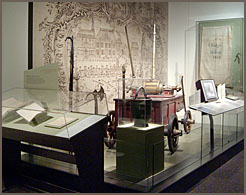
Fighting Fires, installation 2005
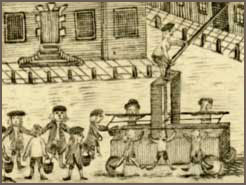 Brave Men at Fires. Produced by A More Perfect Union for the Benjamin Franklin Tercentenary’s traveling exhibition, “Benjamin Franklin: In Search of a Better World.”
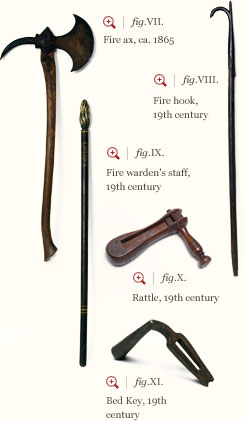 |
